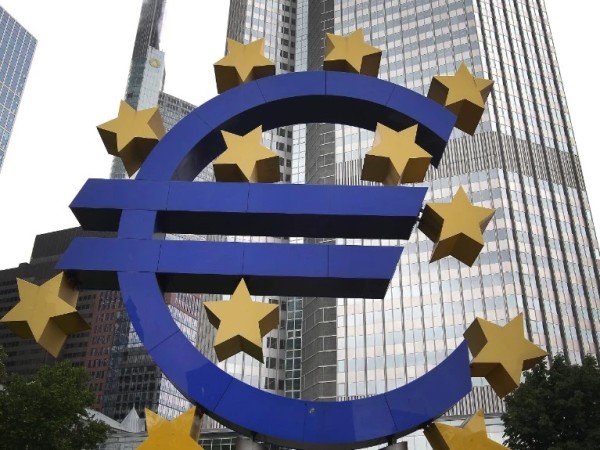At the end of the third quarter of 2021, the government debt to GDP ratio in the euro area stood at 97.7%, compared with 98.3% at the end of the second quarter of 2021. In the EU, the ratio also decreased from 90.9% to 90.1%. Both for the euro area and EU, the decrease in government debt to GDP ratio at the end of the third quarter was due to an increase in GDP, while debt continued to increase due to the financing needs of the policy measures adopted to mitigate the economic and social impact of the coronavirus pandemic. Compared with the third quarter of 2020, the government debt to GDP ratio rose in both the euro area (from 96.6% to 97.7%) and the EU (from 89.2% to 90.1%).
At the end of the third quarter of 2021, debt securities accounted for 82.7% of euro area and for 82.4% of EU general government debt. Loans made up 14.2% and 14.6% respectively and currency and deposits represented 3.1% of euro area and 3.0% of EU government debt. Due to the involvement of EU Member States' governments in financial assistance to certain Member States, quarterly data on intergovernmental lending (IGL) are also published. The share of IGL as percentage of GDP at the end of the third quarter of 2021 accounted for 1.9% in the euro area and to 1.6% in the EU, Eurostat reports.
The highest ratios of government debt to GDP at the end of the third quarter of 2021 were recorded in Greece (200.7%), Italy (155.3%), Portugal (130.5%), Spain (121.8%), France (116.0%), Belgium (111.4%) and Cyprus (109.6%), and the lowest in Estonia (19.6%), Bulgaria (24.2%) and Luxembourg (25.3%).
Compared with the second quarter of 2021, seven Member States registered an increase in their debt to GDP ratio at the end of the third quarter of 2021 and twenty a decrease. The largest increases in the ratio were observed in Hungary (+2.9 percentage points – pp), France (+1.5 pp) and Romania (+1.1 pp), while the largest decreases were recorded in Greece (-6.6 pp), Portugal (-4.9 pp), Croatia (-3.7 pp), Cyprus and Belgium (both -2.3 pp), Czechia (-2.2 pp), and Austria (-2.1 pp).
Compared with the third quarter of 2020, fifteen Member States registered an increase in their debt to GDP ratio at the end of the third quarter of 2021 and twelve Member States a decrease. The largest increases in the ratio were recorded in Spain (+7.8 pp), Hungary (+6.5 pp), Malta (+5.7 pp), Austria (+5.6 pp) and Romania (+5.5 pp), while largest decreases were observed in Cyprus (-6.4 pp), Ireland (-3.6 pp), the Netherlands (-2.5 pp), Denmark (-2.4 pp), Croatia (-2.3 pp) and Sweden (-2.2 pp).















